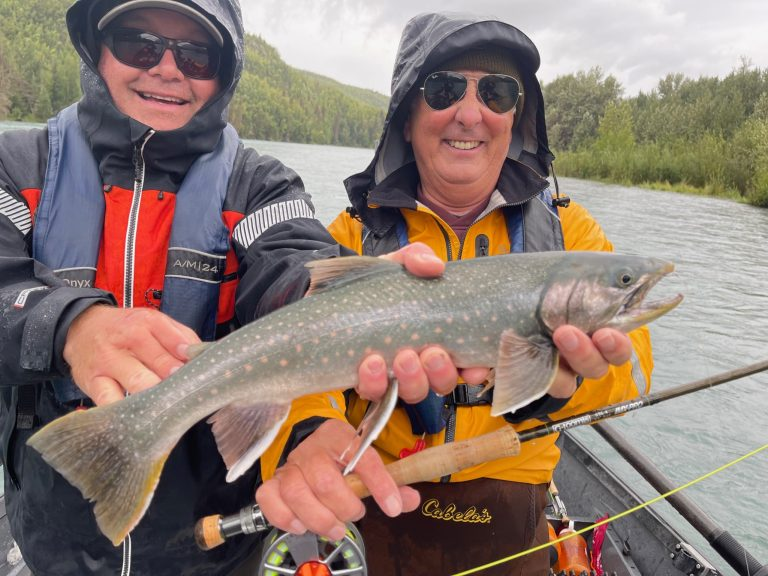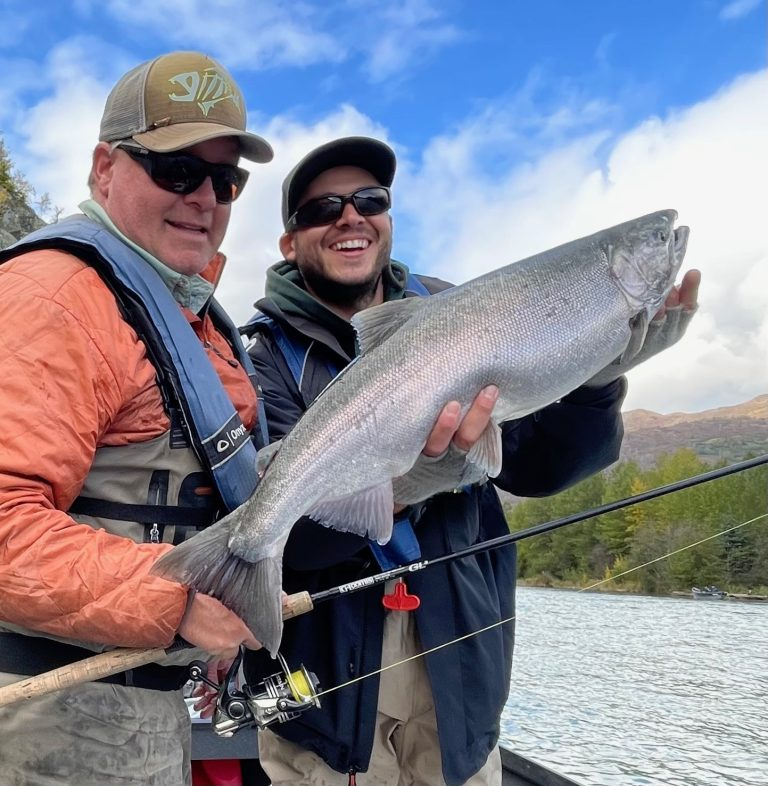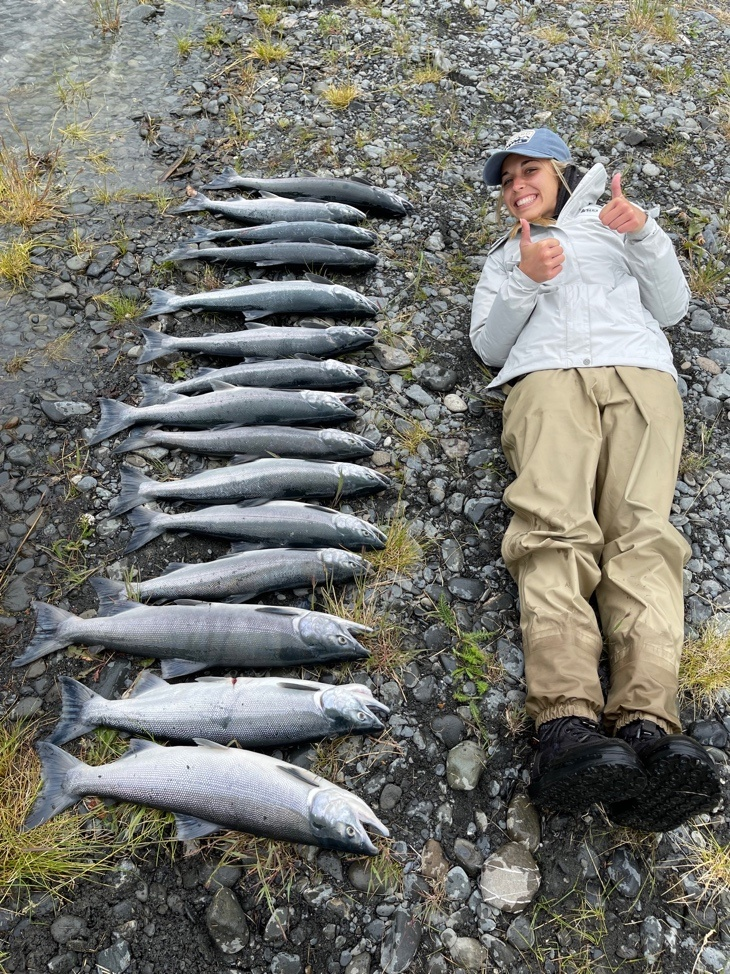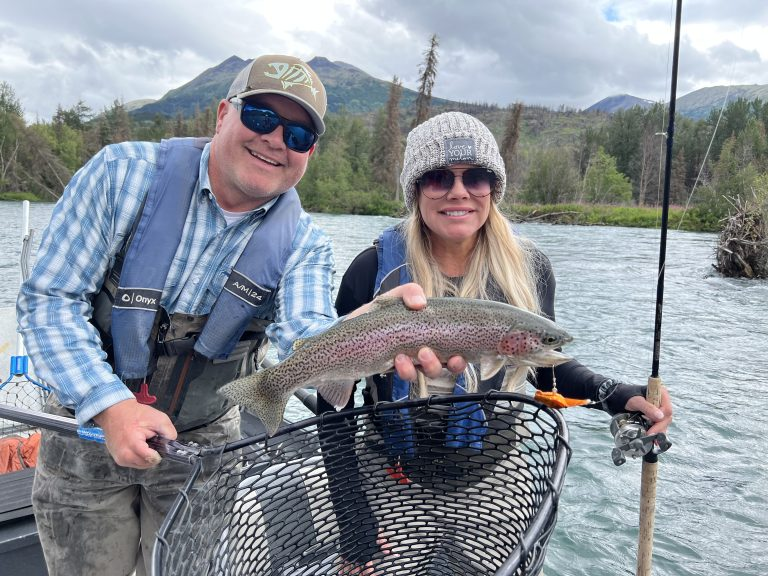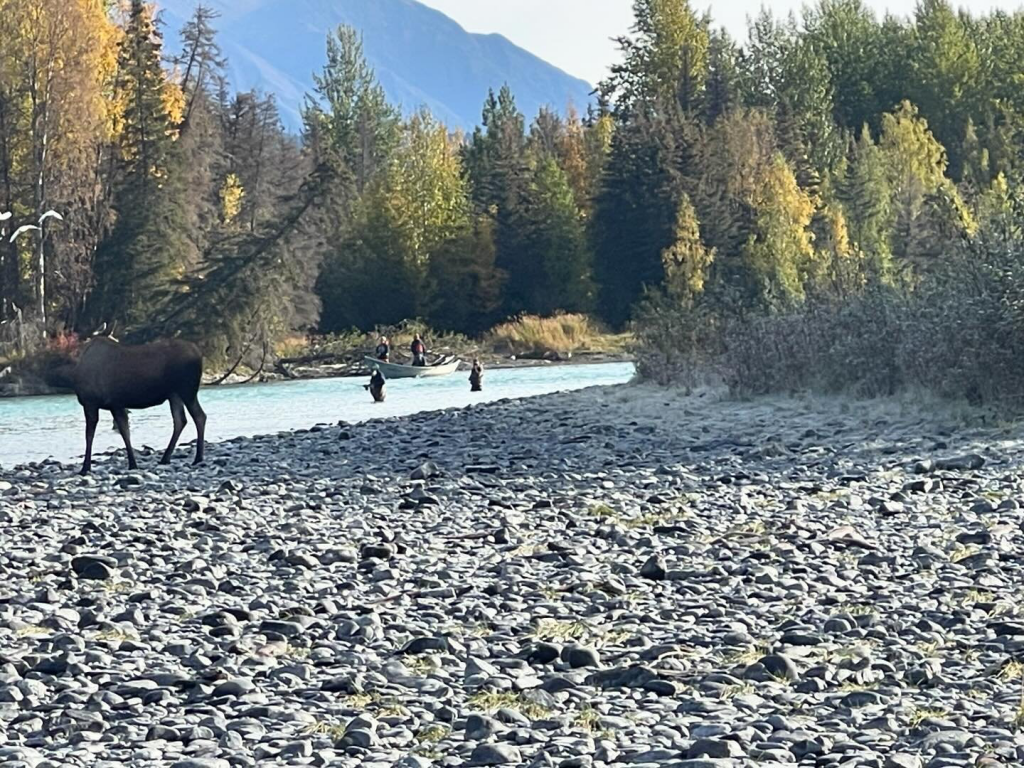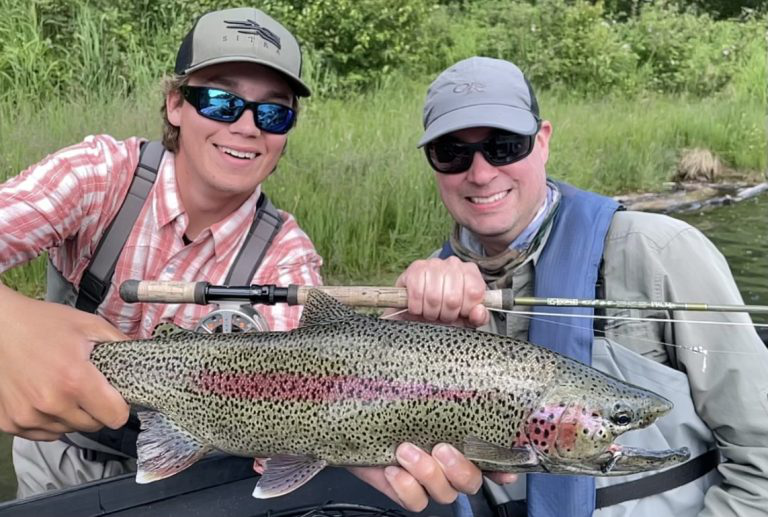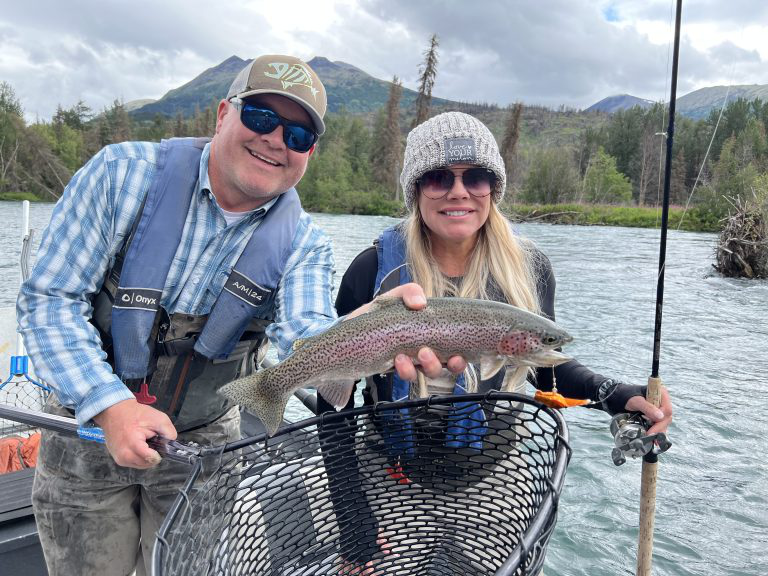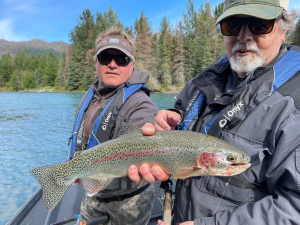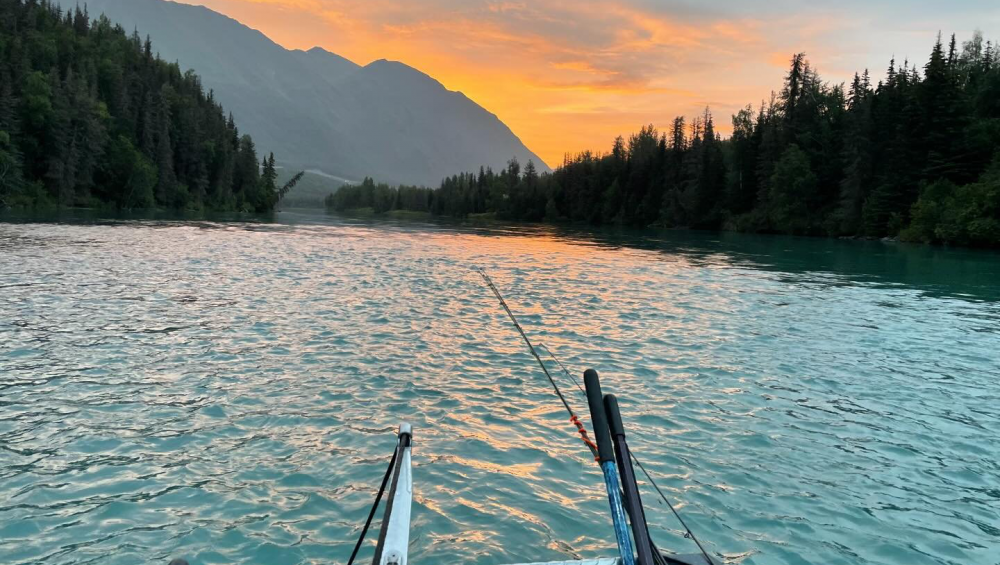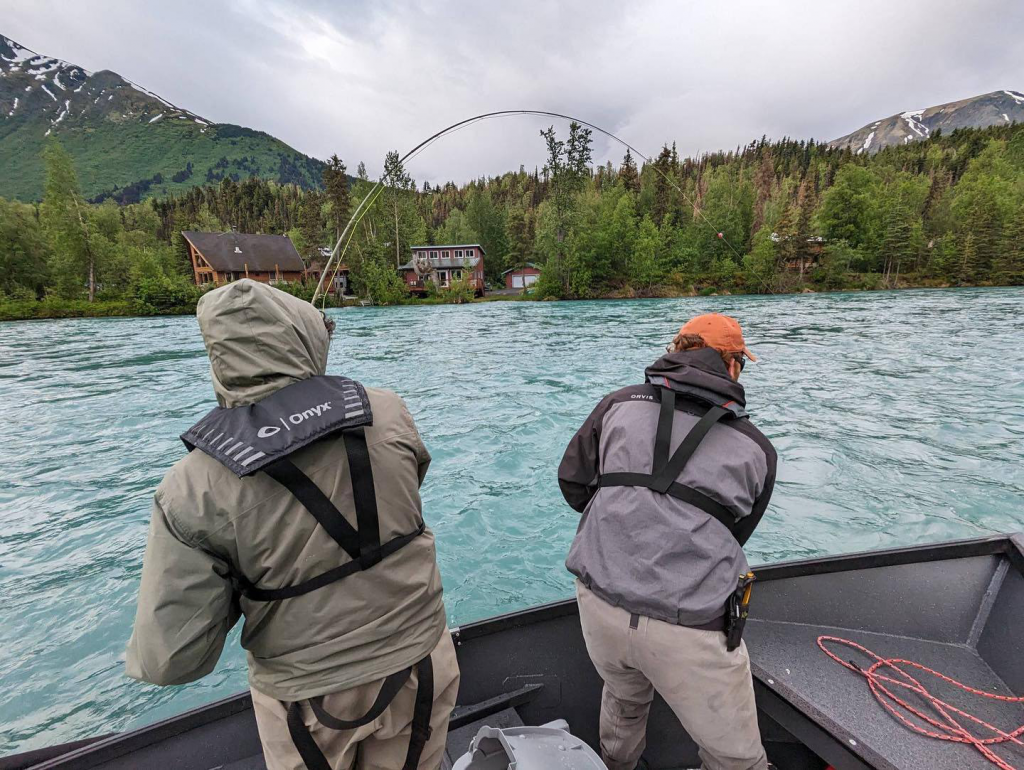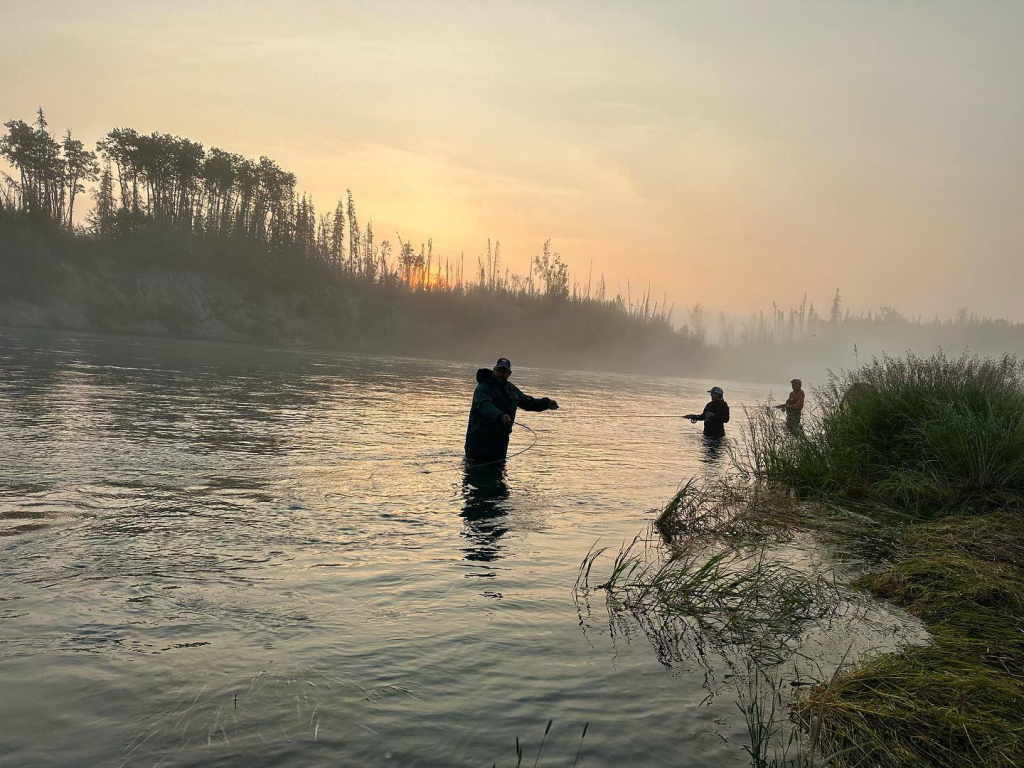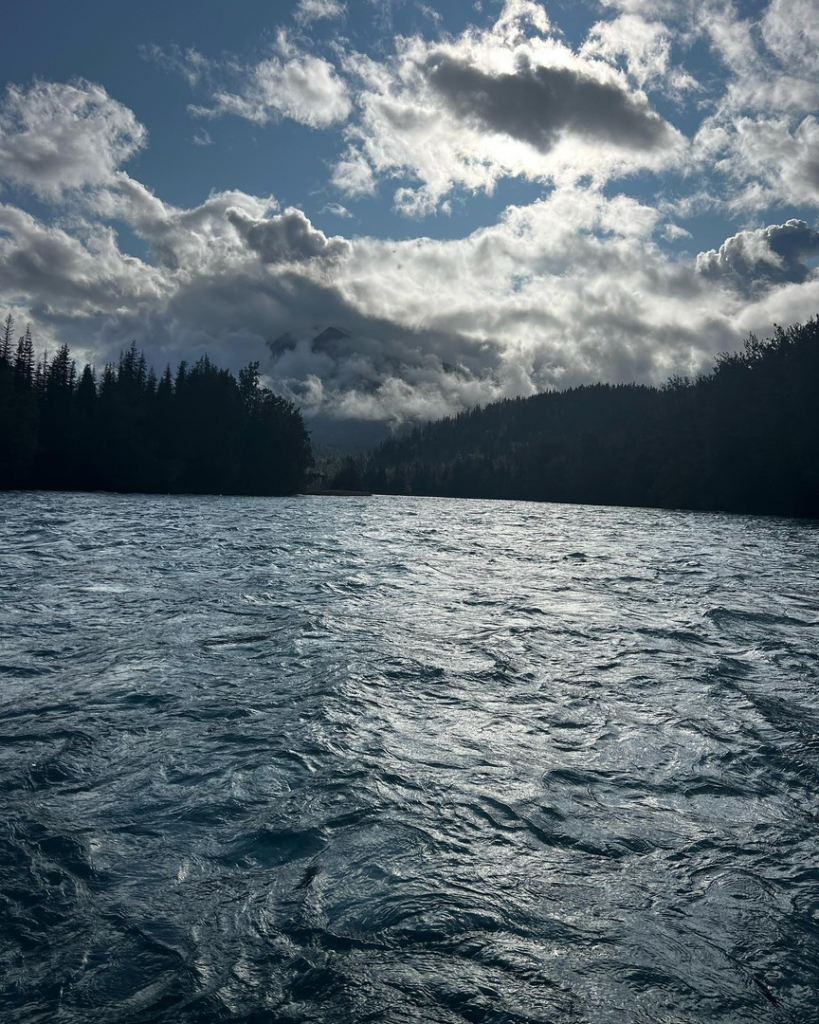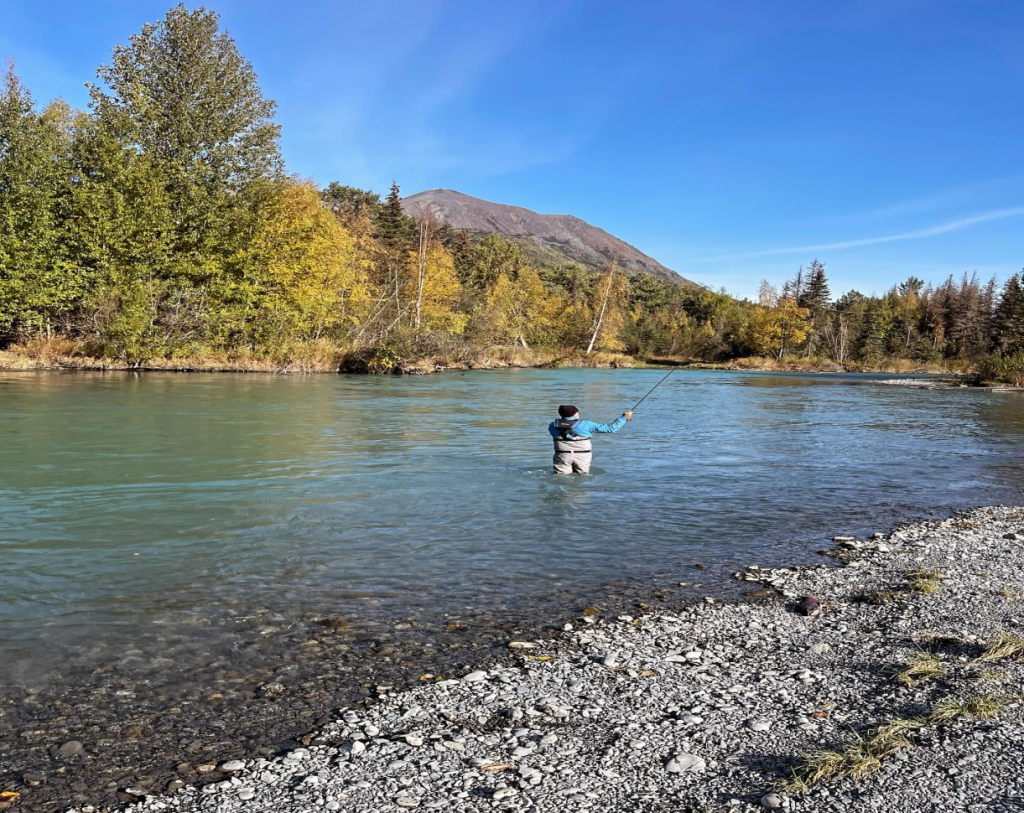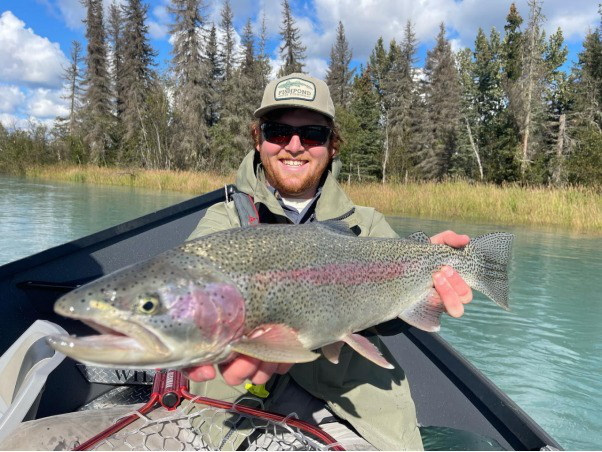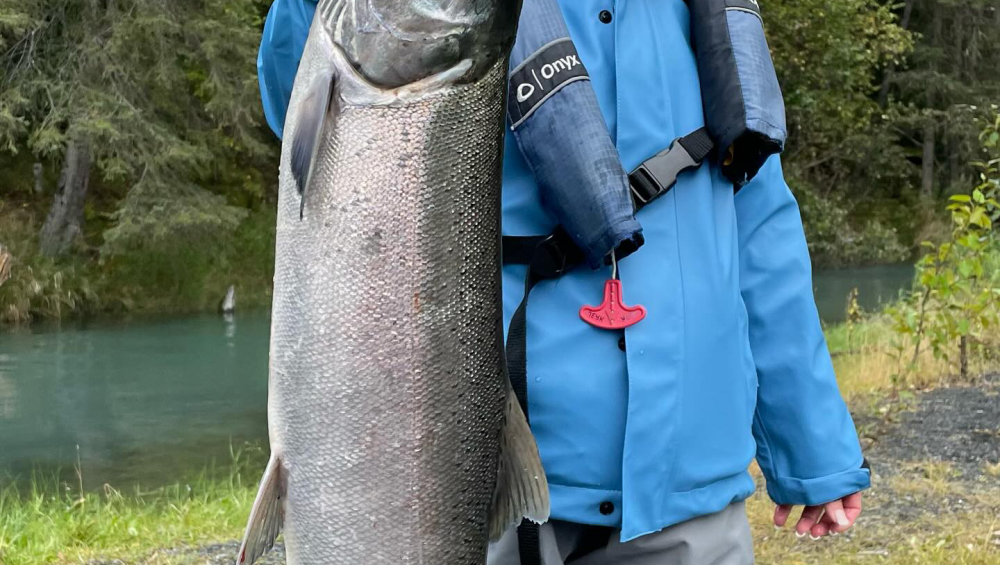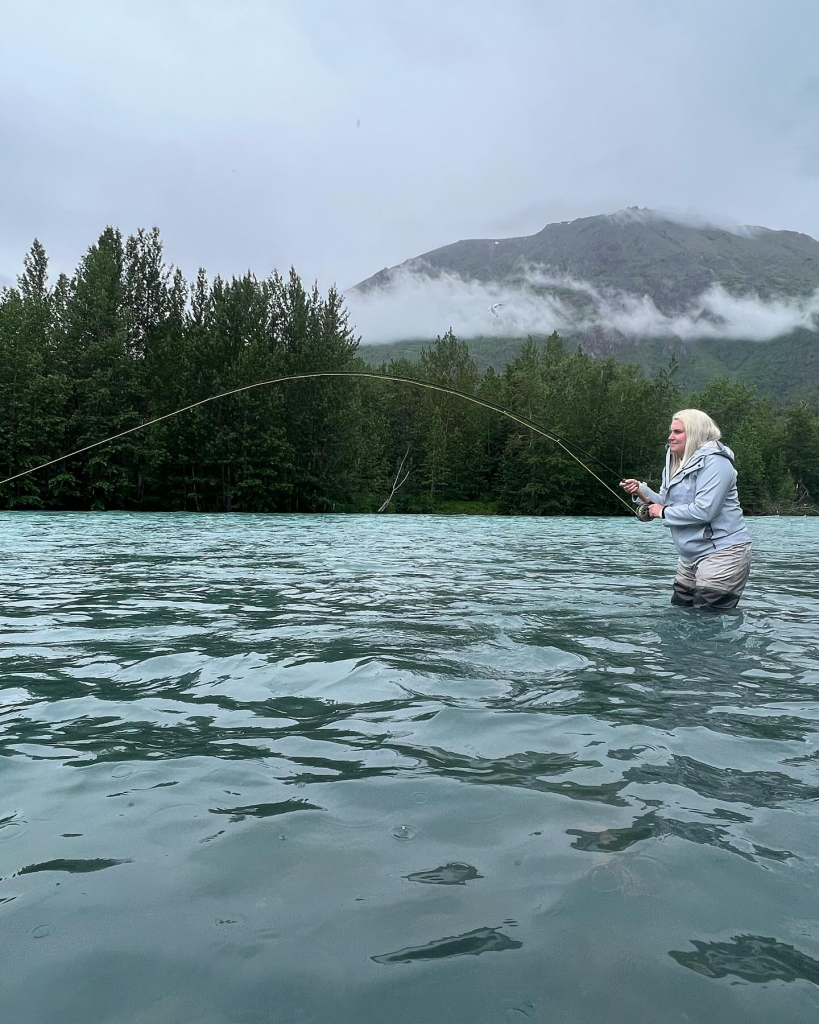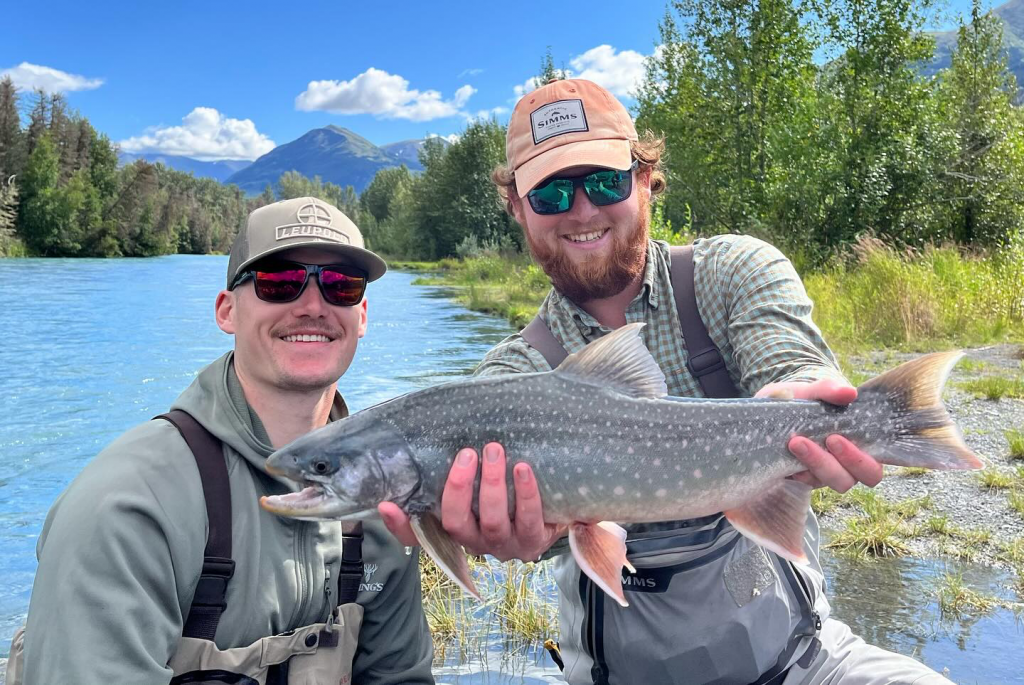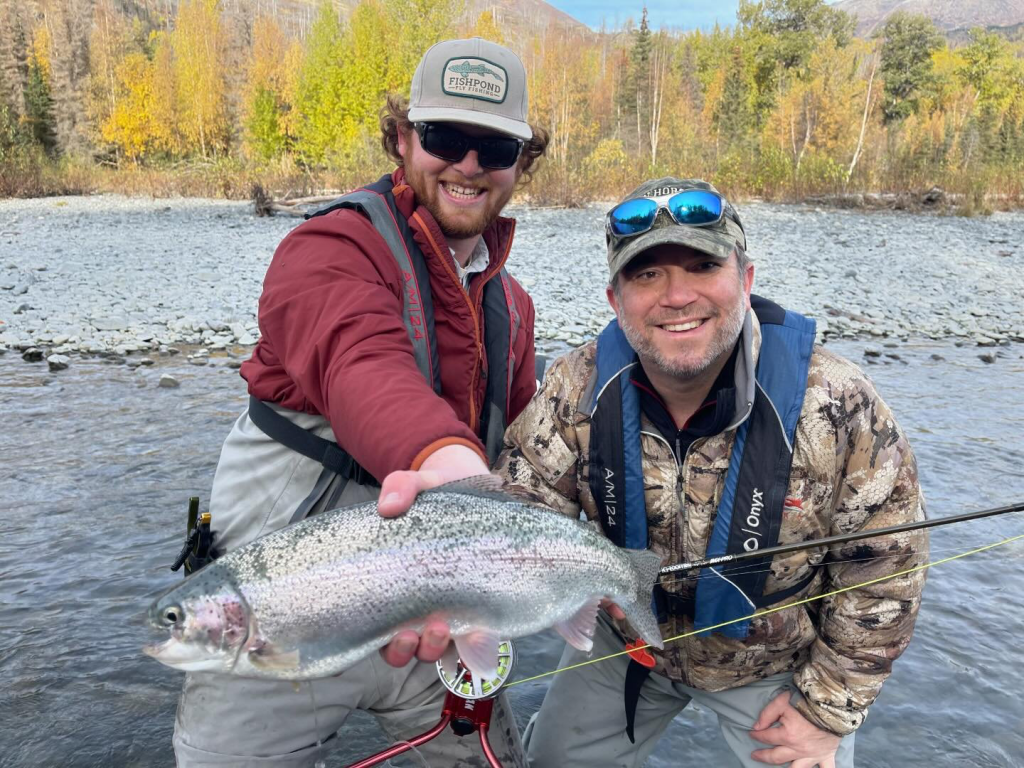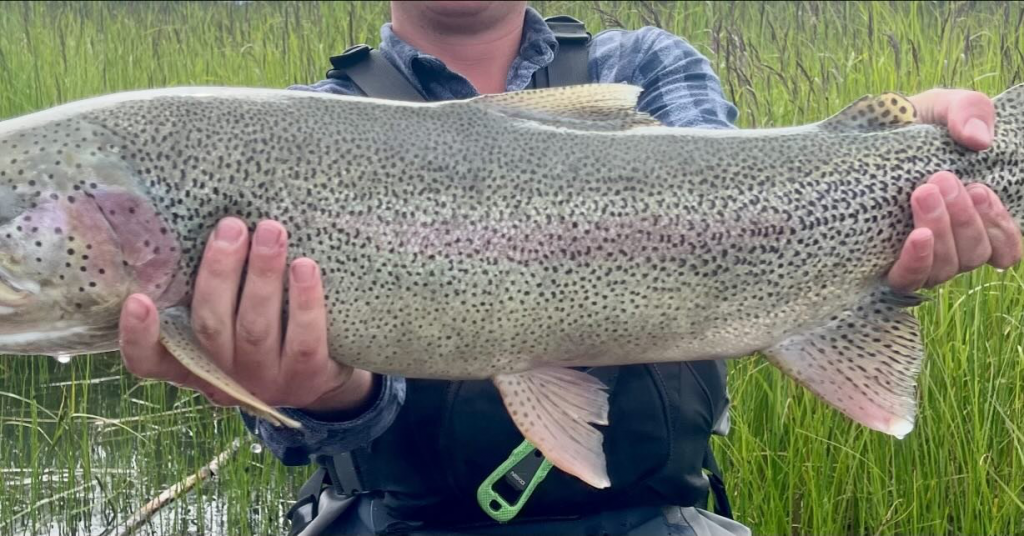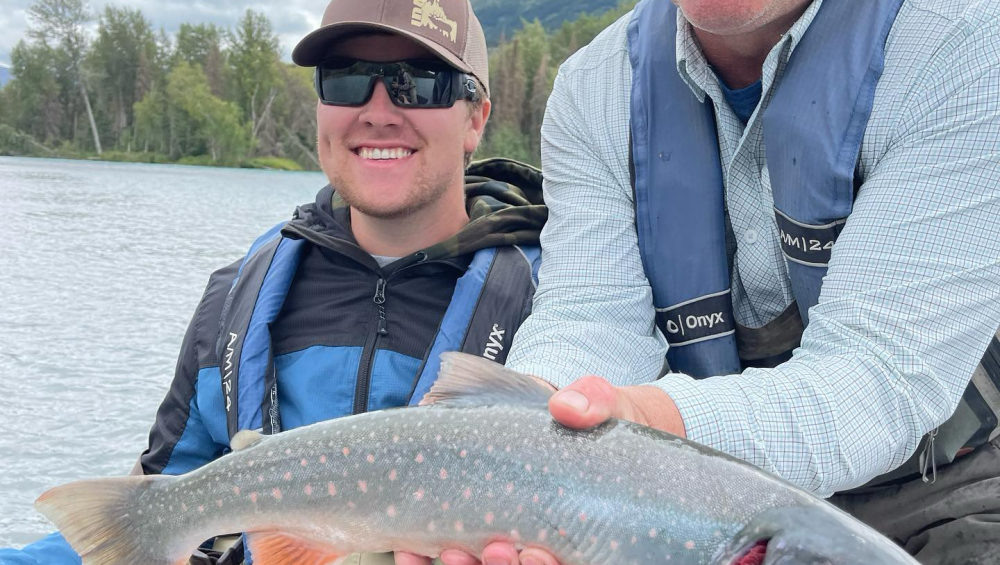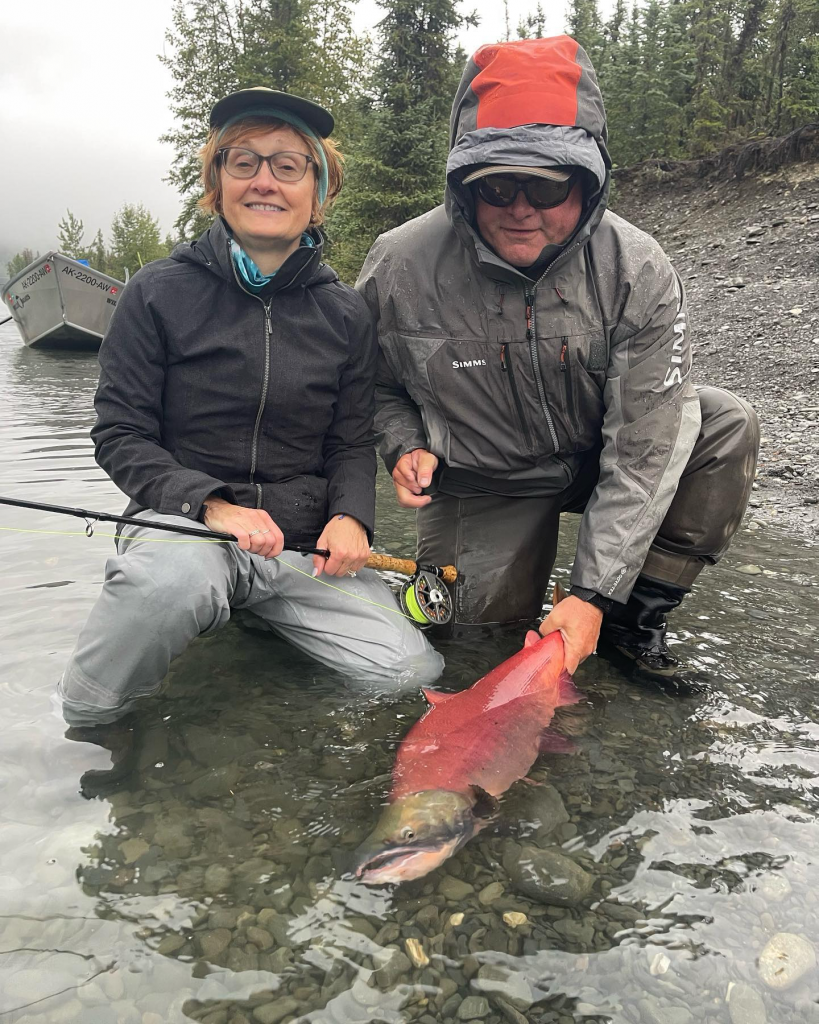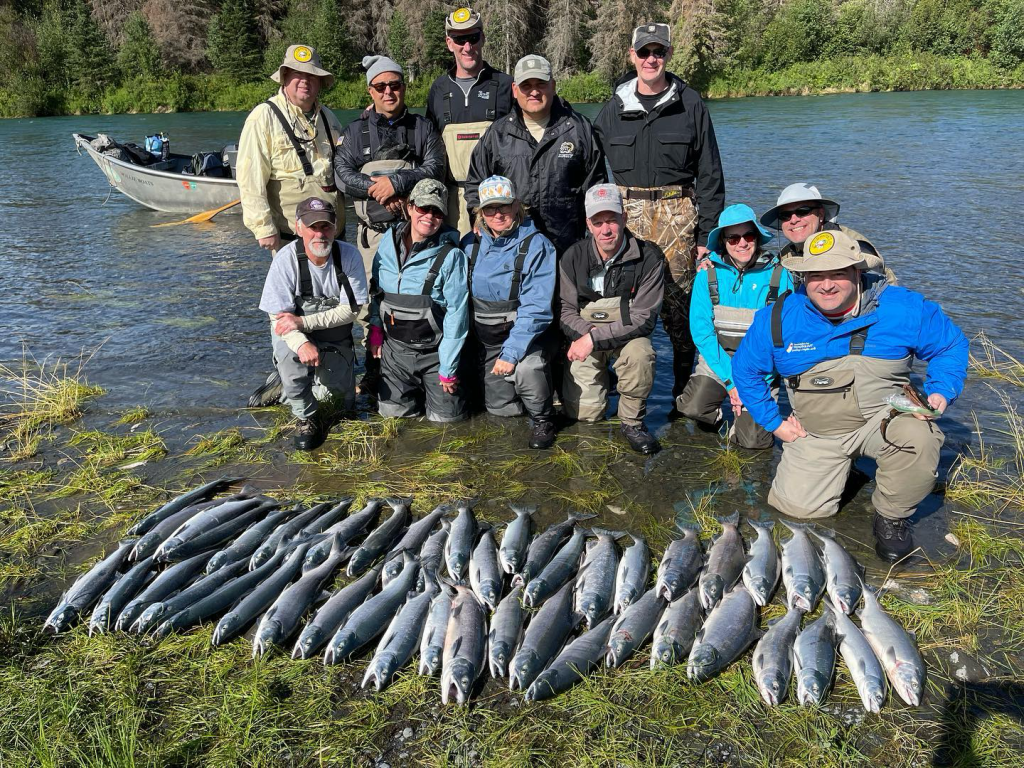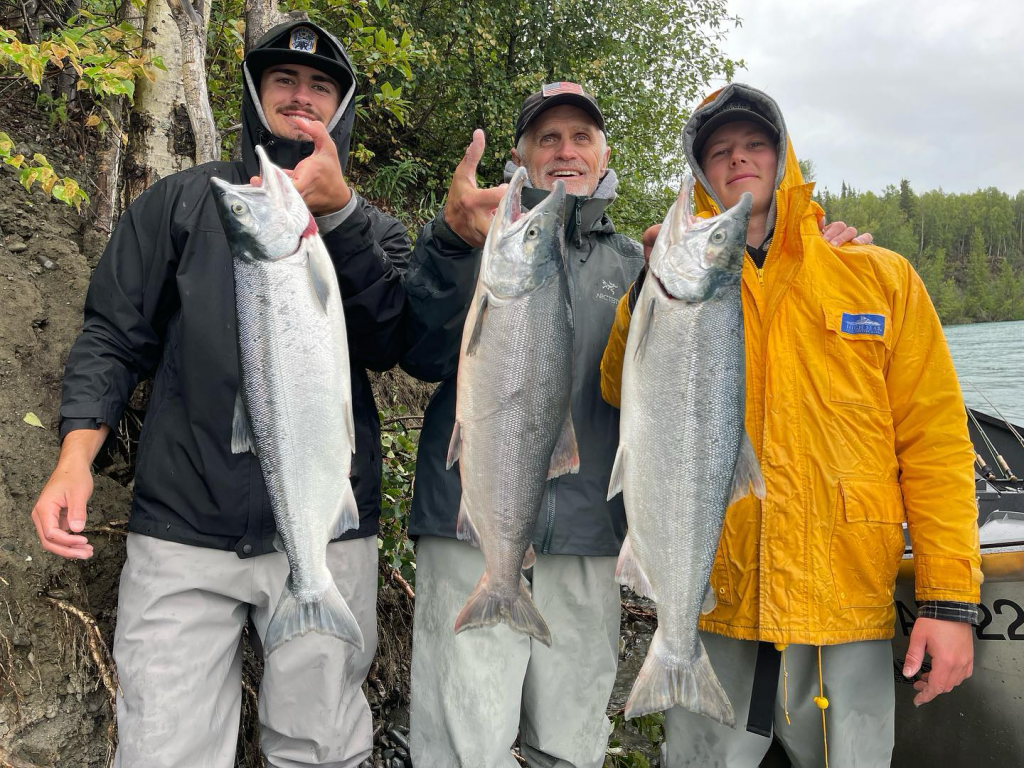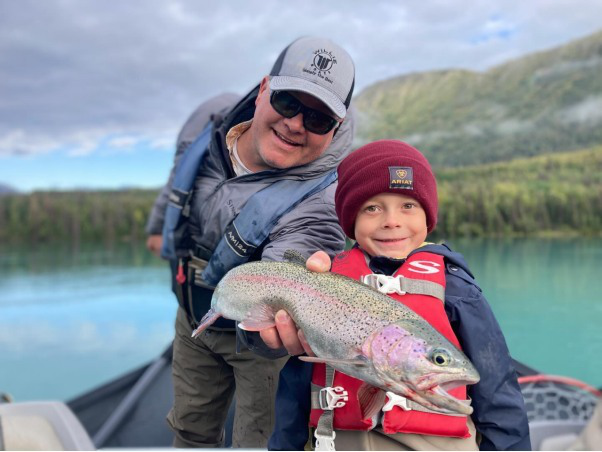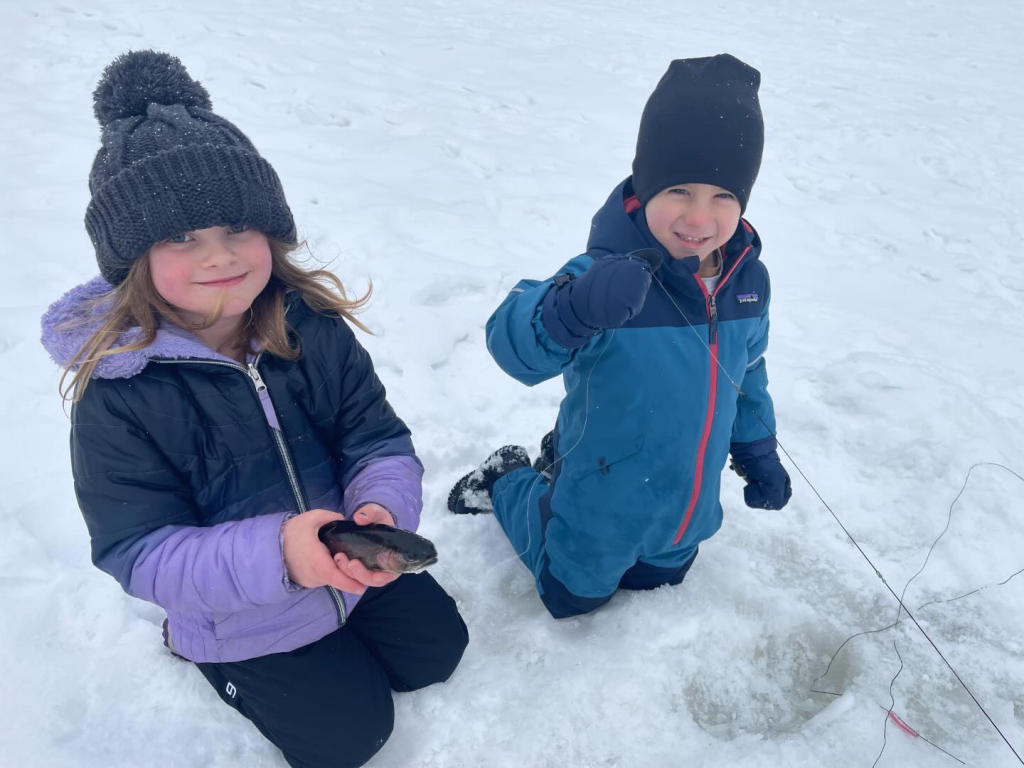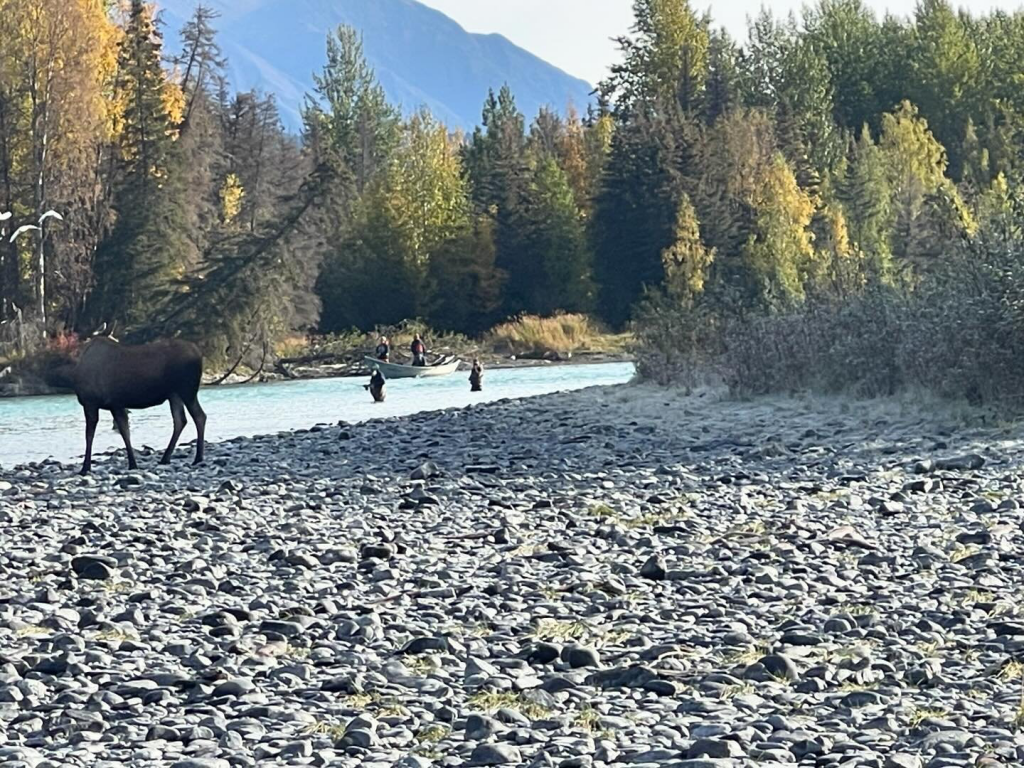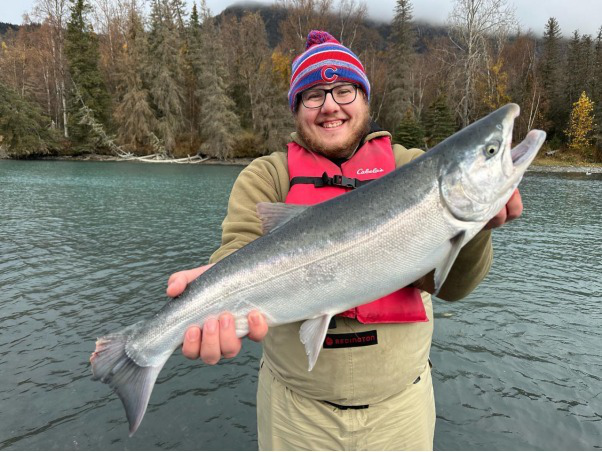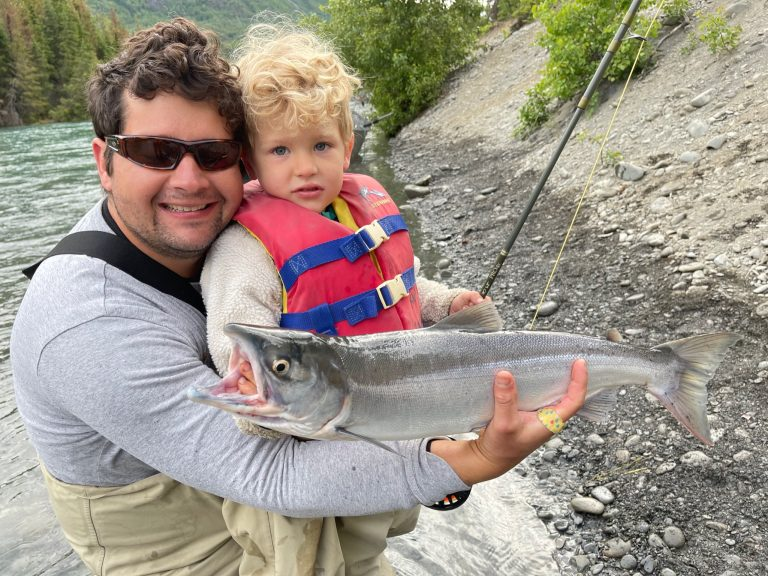
Fishing isn’t just a hobby—it’s an adventure waiting to be shared across generations. Introducing children to fishing early in life not only cultivates a love for the outdoors but also creates lasting memories of bonding and excitement. Whether you’re a seasoned angler or a novice yourself, this guide will equip you with tips and techniques to make fishing fun for kids of all ages.
Why Go Fishing with Kids?
Outdoor Exploration and Nature Awareness:
Fishing takes children outdoors, away from screens and into the natural world. It encourages them to explore rivers, lakes, and shorelines, fostering a deeper connection with nature. This hands-on experience allows kids to observe wildlife in their habitats, from fish and birds to insects and plants. They learn about ecosystems and gain an appreciation for the environment, which can spark a lifelong interest in conservation.
Bonding Time and Family Connections
Fishing provides a unique opportunity for quality bonding time with family members or friends. Away from the distractions of daily life, adults and children can engage in meaningful conversations, share stories, and create lasting memories. Whether it’s teaching a child how to cast a line or celebrating a catch together, these shared experiences strengthen familial bonds and build positive relationships.
Cognitive and Emotional Development
Fishing stimulates cognitive development by requiring children to problem-solve and make decisions, such as adjusting fishing techniques based on conditions. It also promotes emotional well-being by providing a peaceful, stress-relieving activity that encourages mindfulness and relaxation.
Physical Activity and Healthy Living
Fishing involves physical activity, from casting and reeling to walking along riverbanks or paddling in a boat. It encourages kids to stay active outdoors, promoting a healthy lifestyle and reducing screen time. Being outdoors in natural light also supports vitamin D production and overall well-being.

Essential Gear for Kids
Before heading out on your fishing trip, ensure you have the right gear:
- Child-Sized Fishing Rod: Lightweight and easy for kids to handle.
- Barbless Hooks: Safer and easier to remove from fish or clothing.
- Bait and Tackle: Simple options like flies and nymphs that are easy to use.
- Safety Gear: Sunscreen, hats, life jackets, and appropriate clothing for weather conditions.
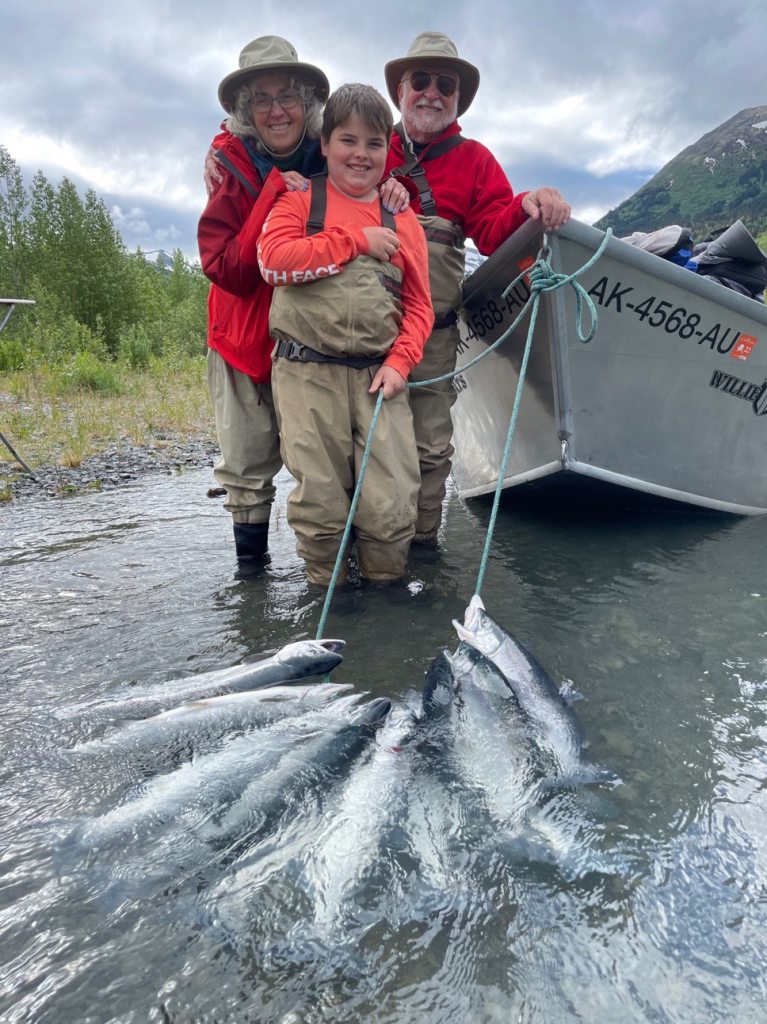
Tips for Making Fishing Fun
- Start Small: Introduce children to fishing with short trips tailored to their attention spans. Focus on fun and exploration rather than catching a lot of fish. This keeps the experience enjoyable and builds their enthusiasm for future outings.
- Teach Basic Techniques: Show children how to cast a line, reel in fish, and handle them safely. Demonstrate proper techniques like holding the rod and setting the hook gently to prevent fish from escaping. Patience here is key—encourage them to take their time and enjoy the process.
- Make It Interactive: Involve kids in the fishing process by letting them choose fishing spots and identify different fish species. This hands-on approach not only educates them about the environment but also empowers them to take ownership of their fishing experience.
- Create Challenges: Set achievable goals to make fishing engaging. Challenge them to catch a certain number of fish or the biggest one of the day. Adjust goals based on their skill level to ensure success and maintain motivation throughout the trip.
- Encourage Exploration: Take breaks during fishing sessions to explore the surrounding nature. Encourage children to observe wildlife, collect rocks or shells, or simply enjoy the tranquility of the outdoors. These moments of discovery enhance the overall experience and nurture a deeper connection with nature.
- Bring Snacks and Drinks: Keep energy levels up with nutritious snacks and plenty of water. Fishing can be physically demanding, and having snacks on hand ensures everyone stays comfortable and hydrated throughout the outing.
- Celebrate Every Catch: Celebrate each catch, regardless of size. Acknowledge their effort and skill, boosting their confidence and excitement. Take photos to commemorate the moment and encourage them to share their fishing achievements with family and friends.
Teaching Conservation and Respect
Instill values of conservation and respect for nature through:
- Catch-and-Release: Teach children the importance of returning fish to the water to ensure future generations can enjoy fishing.
- Litter-Free Practices: Dispose of trash properly and encourage kids to pick up litter they see.
- Respect Wildlife: Observe animals from a distance and avoid disturbing their habitats.
Overcoming Challenges
- Patience: Fishing requires waiting, so prepare children for quiet moments and teach them the art of patience.
- Weather Conditions: Monitor weather forecasts and dress accordingly to stay comfortable outdoors.
- Safety: Supervise children near water and ensure they wear life jackets when required.
Capturing Memories
Document your fishing adventures to preserve memories:
Photographs: Capture smiles, fish catches, and scenic views.
Journaling: Encourage kids to write or draw about their experiences and favorite moments.
Suggested Activities
Extend the fishing experience with related activities:
- Fish Cooking: Involve kids in preparing and cooking fish they caught (with adult supervision).
- Fish Storytelling: Share stories and legends about fishing or personal fishing tales.
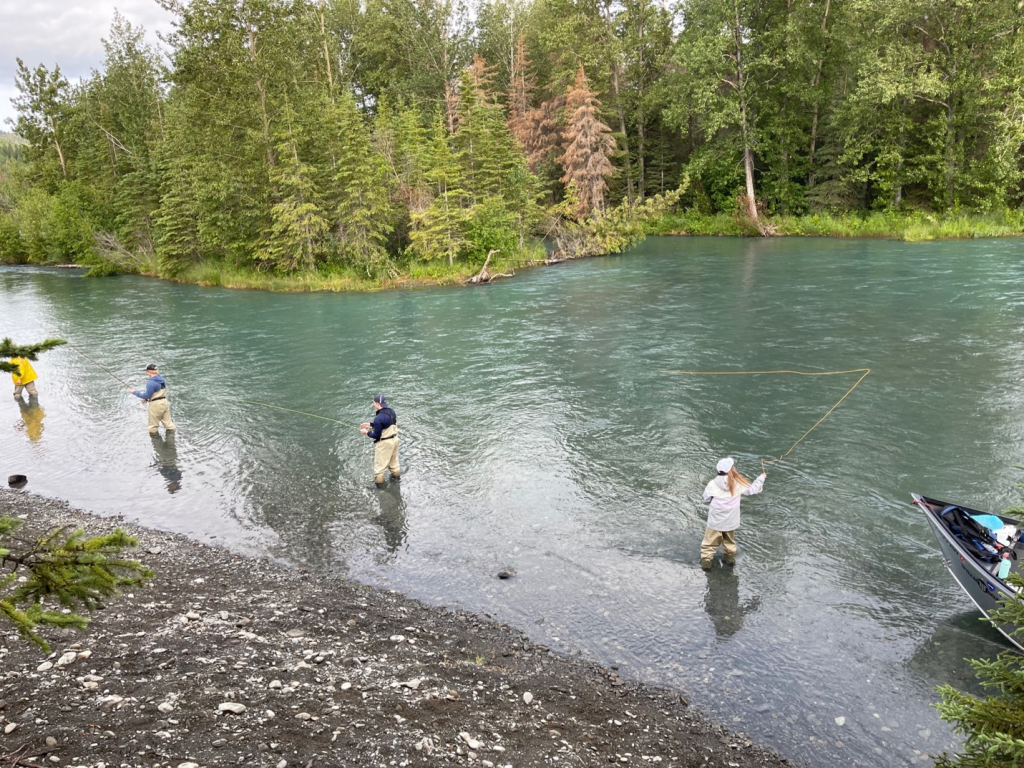
Image filename: family-fishing-trip
Image alt-text: a family fishing in the Kenai River
At Jason’s Guide Service, we specialize in crafting Kenai River guided fishing trips for you and your family. Whether you’re interested in guided salmon fishing trips, or rainbow trout fishing, we tailor each outing to exceed your expectations.
Contact us today to plan your next fishing adventure on the Kenai River, or book right away. Let Jason’s Guide Service help you create memories that will last a lifetime.

